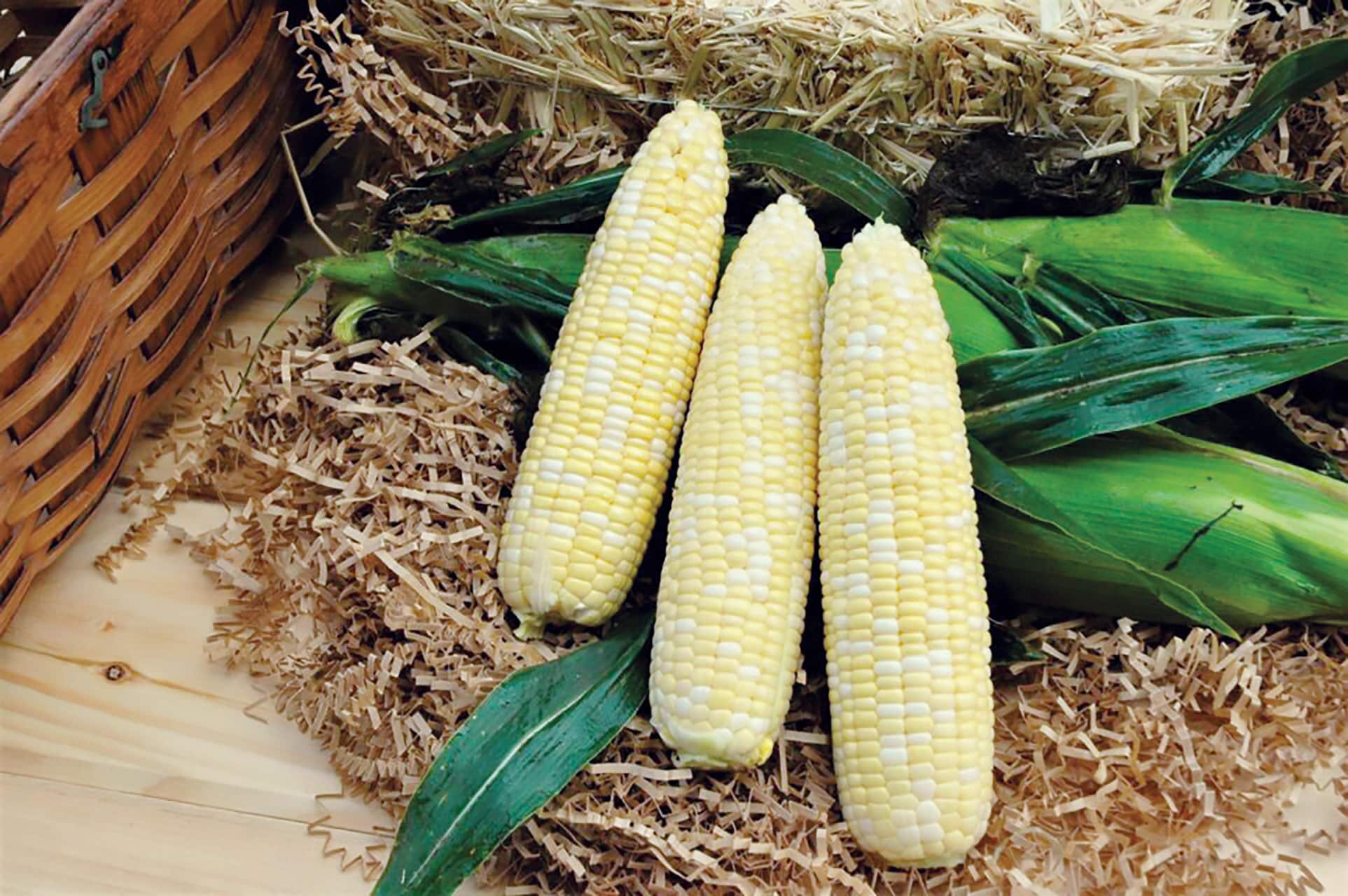What’s new with traits, breeding and markets for sweet corn.
Everyone loves sweet corn at summer barbeques and in other dishes and at other times of year as well. Consumption of this vegetable, among the most-consumed in the United States (along with potatoes, tomatoes and onions) is booming according to many industry sources, including a recent report from Fact.MR. There’s a consistent demand for sweet corn in developed countries, but also increased demand for it in emerging economies, states the report, “owing to the increased spending on instant food such as noodles and soups … in consumer driven markets such as China, India, Mexico and Brazil.” The report’s authors project that by the end of 2029, East Asia, South Asia and Latin America will hold about half of the global market share.
While fresh and processed whole corn is very popular, production of corn products such as flour, starch, cornmeal, hominy and grits has also risen, according to the U.S. Department of Agriculture. In 2018, 35.2 pounds per person of corn products were available for consumption, up from 21.7 pounds in 1988.
Companies like Syngenta, Harris Seeds and Illinois Foundation Seeds all report increasing sweet corn seed sales over the last few years, driven by new traits and technologies, as well as organic options.
“Each new variety released offers a distinct value to growers,” says Harris Seeds Vegetable Product Manager Kristen Andersen. “And widespread performance data informs the best-suited product placement and growing methods.”
Because more sweet corn is being produced on fewer acres, acreage is consistent across the United States, according to Syngenta’s Regional Portfolio Manager for large-seeded varieties, Glenn McKay.
Illinois Foundation Seeds President and CEO Clinton Naugle believes acreage “is steady to slightly declining,” but on the other hand, “each year is unique. Water shortages in the west limit growers’ willingness to grow sweet corn, while processing markets seem to be up this year with consumer demands for frozen and canned goods higher.”
Bill Tracy, a corn breeder at University of Wisconsin-Madison (Madison), notes that most of the sweet corn grown in the United States goes for processing, but that consumption of almost all fresh vegetables (including corn) has gone up over the last five to 10 years versus canned and frozen forms (especially canned). “Maybe it’s the anti-carbohydrate movement or that some people think sweet corn is genetically-modified (GMO),” he says, “but none of what’s processed is GMO and only about 10% of fresh is GMO.”
Color Range
The sweet corn breeding program at Madison has produced many hybrids for commercialization over the last four decades, and as with other public crop breeding programs, the royalties enable continued production of hybrids with traits that private breeders don’t tend to focus on.
For example, Tracy has collaborated for years with Mike Gore and Margret Smith at Cornell University, Dean DellaPenna at Michigan State University and others to produce corn higher in Vitamin A and two carotenoids, lutein and zeaxanthin. When consumed in proper amounts, these compounds could delay or prevent the onset of age-related macular degeneration—a leading cause of irreversible blindness in elderly people in Western societies.
“Many older people are suffering from this condition,” Tracy explains. “They were told not to eat eggs and egg yolk is a really good source of lutein. I don’t believe any private companies are breeding in this area.”
Because improving the nutritional quality of crops through breeding (called “biofortification”) is a cost-effective and sustainable approach to potentially help address such nutritional deficiencies, Tracey and his colleagues are working to identify genes responsible for variation in the levels of carotenoids and other compounds, and develop marker-based prediction models for breeding locally-adapted sweet corn hybrids to have dark orange grain that’s high in these compounds.
At literally the other end of the color spectrum, Naigle reports that at Illinois Foundation Seeds, “one recent focus has been to improve the white color in hybrids. I think it has a more appealing and fresh look. We have our first pure white variety out this year, Platinum XR, and we’ll continue working to improve the color of the other white hybrids in our portfolio.”
Other Breeding Goals
Overall, Walker notes that breeding sweet corn is complex because the market is highly segmented; different characteristics are needed for processed corn versus fresh, for example, and fresh corn that’s shipped long distances in the off-season obviously needs to maintain a longer shelf life than fresh corn that’s consumed locally.
Breeders also need to take other characteristics besides color and shelf life into account, says Walker, from maturity to endosperm types to production traits needed by growers and consumer-oriented traits like flavor, eye-appeal and texture.
Tracy and his team members have already developed what he calls “ultra-high-quality corn” with an improved crunch and mouth feel.
“It involves a combination of genes and a number of companies are now using now them,” he notes. “Some of our other varieties have different flavors, such as one with a maple flavor and at the opposite end, there are non-sweet varieties for stir-fries and other dishes where you don’t want a strong sweet flavor.” He says he and his colleagues would love to someday see corn with distinct characteristics being marketed the way apples are.
The corn (maize) genome was mapped by late 2009, a four-year, $31-million project that involved a large U.S.-based consortium of researchers. At that point in time, it was the largest genome ever mapped for a plant species (2.3 billion base pairs among 32,000 protein-coding genes on 10 chromosomes).
At Syngenta, Walker says that the sweet corn breeding team uses genetic marker-assisted techniques, and that they’re excited about the future identification of more markers for traits related to disease resistance, tenderness and color.
Future Outlook
Tracey believes that as people become more interested in different types of food and food preparation, this will drive continual improvements in sweet corn quality and also more types being produced for specialty uses. He also predicts that more kernel colors, ranging from orange to dark purple to pink, will become a reality for consumers.
“We should also see improved disease resistance and competitive ability with weeds, resulting in reduction of pesticide use,” Tracey says, adding that “organic farmers really need better insect resistance because their control options are very limited.”












